
Five Free things in Oslo, the city in which I was born and raised, is easy," I was thinking. I quickly had to reconsider, as even though the Norwegian capital is constantly being described as one of the most expensive cities in the world, there is so much good stuff to do for free that it was hard to select only five.
Frogner Park
Frogner Park is the largest sculpture park in the world. The sculptures were completed by artist Gustav Vigeland between 1939 and 1949. The biggest is the Monolith, which features 121 figures carved from one single granite block that towers just over 14 meters above the ground. The Angry Boy is probably the smallest, but is arguably the most popular and fascinating. See if you can spot him on the big bridge. While the tourists come for the sculptures, locals use it as an extended backyard playground. You will spot them having barbecues and picnics, playing games, relaxing, exercising and just hanging out.
The National Gallery
Oslo has a museum dedicated to Edvard Munch, Norway's most famous painter, but to sample some of his best-known work for free, simply head to the National Gallery in the middle of the city center on a Sunday. There is a good Munch collection, with a special exhibition this year from early June to mid October to commemorate the 150th anniversary of the artist's birth (1863-1944). As a bonus you get to enjoy some other fine art from Norway and abroad in the same building. And, as part of the national museums collective, the Museum of Contemporary Art, the National Museum and the Museum of Decorative Arts and Design are also free on Sundays.
Akerselva ending at Mathallen
The Akerselva River is full of history. It separates the city's east and west areas and was home to a lot of industry in the "good old days."
Get the metro to Nydalen and walk back downtown on nice paths along the river.
Build up an appetite and end up at the recently opened Mathallen (the food hall) at Vulkan. It's free to just schmooze, and there is a lot to see. The temptations are hard to resist, and to be fair, you need food on this trip, too, right?
This converted factory hall is a great place for local and fresh produce that will not break your budget. Visit www.mathallenoslo.no.
The Opera House
The new and eagerly awaited National Opera and Ballet soon became a favorite in Oslo after opening in 2008. It was designed to look like an iceberg jutting out of the water.
A decision has yet to be made whether a brand new Munch Museum will be built next to it.
The opera house is in Bjoervika, an area of the city that has recently been rejuvenated after it was left dormant. Bjoervika is one of the major areas of the Fjordbyen (Fjord City) development along the Oslo waterfront, which also includes the Tjuvholmen area with its brand new Astrup Fearnley Museum of Modern Art (not free), designed by architect Renzo Piano.
Oslo City Hall
Oslo City Hall, majestically situated along the waterfront of the innermost part of the Oslo fjord, is a busy office building housing the heart of the city administration and political activities.
At the same time, parts of it are open to the public, who can pop in for free to take a closer look at the spectacular architecture and some pretty amazing artwork that reveal the story of Oslo.
Opened in May 1950, Oslo City Hall is also where the renowned Nobel Peace Prize ceremony is held every December.
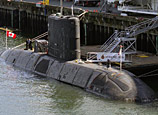
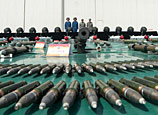
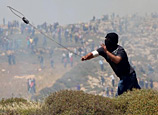

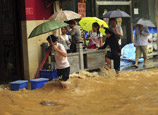

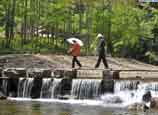
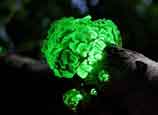

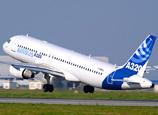






 Heavy rain affects traffic in S China
Heavy rain affects traffic in S China


![]()
